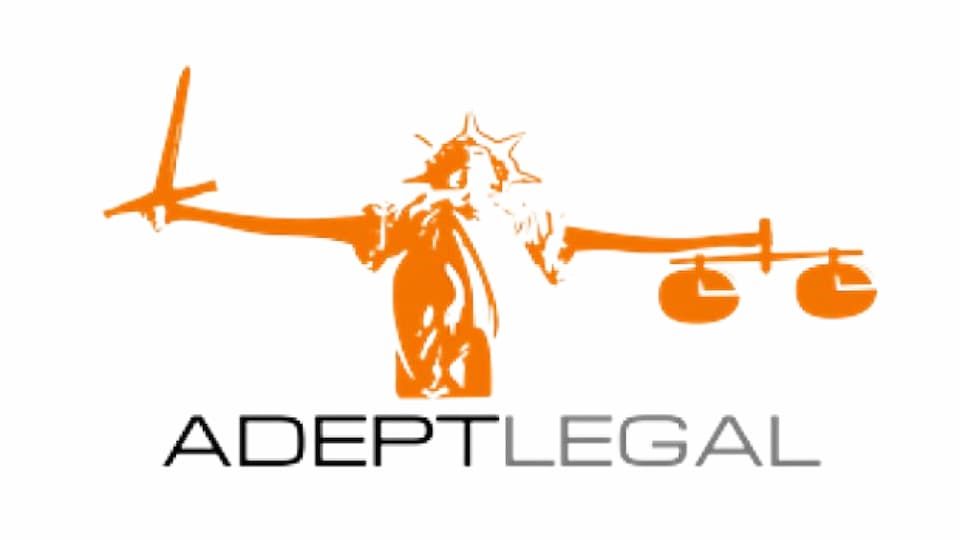Recognise Insolvency Signs: Stay Financially Prepared

Would you recognise the warning signs of insolvency?
Many do not until it is too late. Whether you are a company or an individual, taking a proactive approach to addressing insolvency requires knowledge of when you may be insolvent. After all, forewarned is forearmed.
In the seminal case of ASIC v Plymin & Ors (2003) 46 ACSR 126, the Court set out a non-exhaustive list of indicators of insolvency:
- Continuing losses.
- Liquidity ratios below 1 (meaning your liabilities exceed your assets).
- Poor relationships with financial institutions including an inability to borrow further funds.
- No access to alternative finance.
- Inability to raise further equity capital.
- Suppliers placing the company on cash on delivery or otherwise demanding special payments before resuming supply.
- Creditors paid outside trading terms.
- Issuing post-dated cheques and dishonoured cheques (albeit this has fallen by the wayside with the adopting of EFT’s).
- Solicitors’ letters of demand, court summons or warrants issued against the company.
- Payments to creditors in rounded sums which are not identified against any particular invoice (ie you own them so much, you are just paying what you can).
- Inability to produce timely and accurate financial statements.
Of course, the above is non-exhaustive. We have complied some further indicators based on our recent experiences with clients:
- Unable to pay wages or bills.
- Cannot pay tax debts.
- Receipt of a Director Penalty Notice (DPN-see our article on DPNs).
- No business plan.
- Loss of key personnel.
- Director disputes or resignations.
If you are experiencing three or more of the above, we strongly recommend that you book an initial consult with one of our insolvency experts today.
Remember, just because you are insolvent, doesn’t mean you have to enter liquidation.
Our team of insolvency experts are well versed in restructuring SME’s using small business restructuring process (see our article on this) or else through the voluntary administration process.
Disclaimer: This article is for general understanding and should not be used as a substitute for professional legal advice. Any reliance on the information is strictly at the user's risk, and there is no intention to create a lawyer-client relationship from this general communication.























